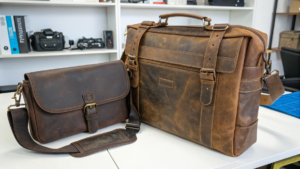Why is Your Hiking Water Bottle a Reflection of Your Trail Philosophy?
Are you searching for the perfect water bottle for your next adventure? It's not just about holding water. It's about your journey.
Your hiking water bottle is a reflection of your trail philosophy because its ideal choice depends on personal priorities like weight, insulation, and sustainability, revealing whether you prioritize speed, comfort, or off-grid independence on your adventures.
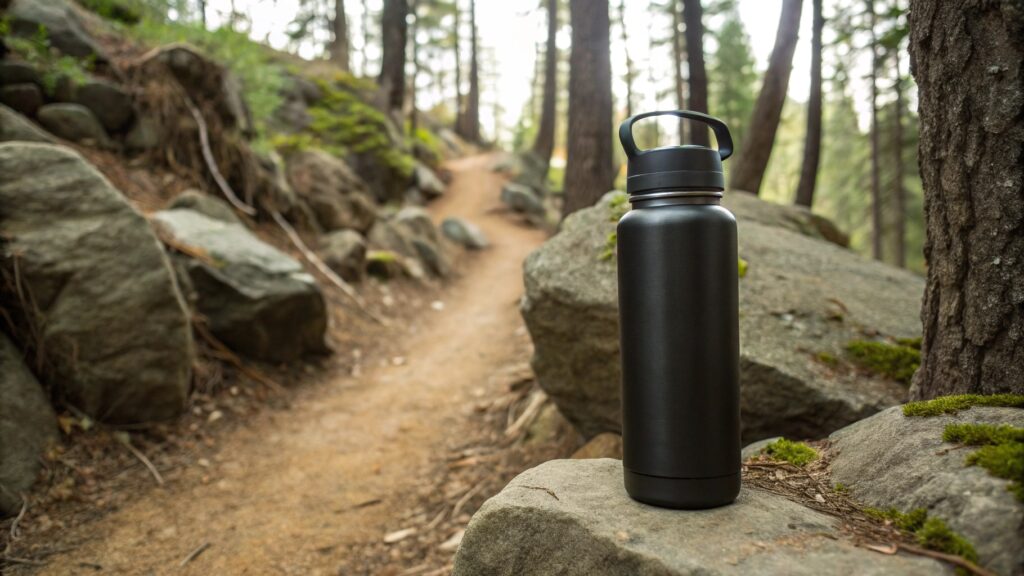
I've learned that the "best" water bottle isn't found in a store. It's the one that fits your hand, your pack, your pace. It's the one that just feels right.
What type of water bottle is best for hiking?
Are you planning a hike and wondering about the best water bottle1? Many options exist. The "best" depends on your needs.
The best type of water bottle for hiking depends on individual priorities such as weight, insulation needs, durability, and compatibility with water filters, with popular choices including lightweight soft flasks, insulated stainless steel bottles, and durable plastic bottles.
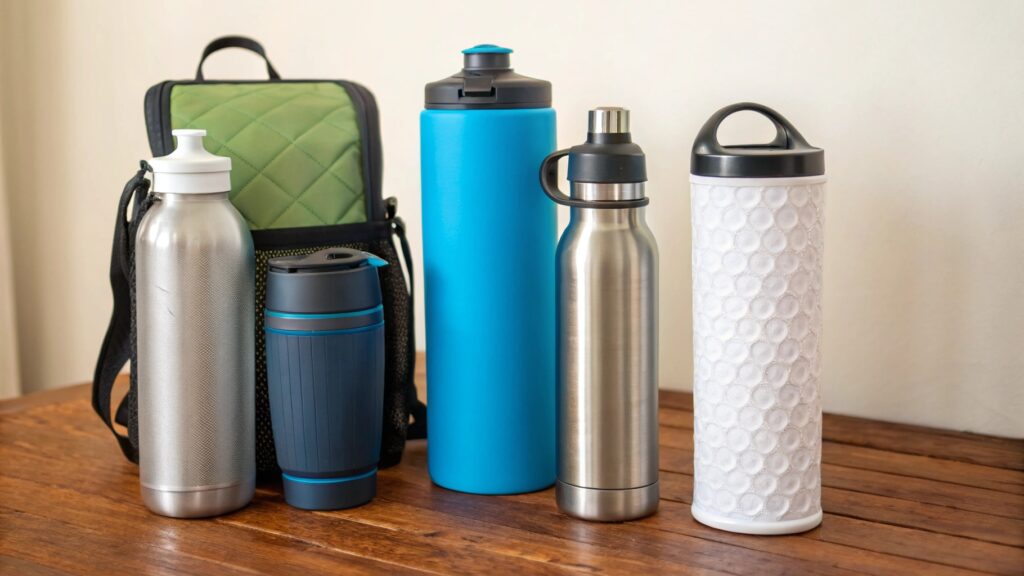
Why does weight matter for hikers?
Weight matters greatly for hikers. Every ounce adds up, especially on long or steep trails. An ultra-lightweight water bottle means less strain on your body. It allows you to move faster. It helps you save energy. For some hikers, a collapsible soft flask is ideal. It weighs almost nothing when empty. For others, a lightweight plastic bottle, like a Smartwater bottle, is preferred. It's sturdy enough but still light. I've been on hikes where every gram felt heavy. Choosing a lighter bottle often means you can carry more of other essentials. It's a key factor for minimalists or those focused on speed. This focus on minimizing carried weight directly impacts endurance and comfort on the trail, allowing hikers to cover more ground with less fatigue.
| Water Bottle Type | Pros | Cons | Ideal Use Case |
|---|---|---|---|
| Soft Flasks | Ultra-light, collapsible, easy to pack | Less durable, no insulation, harder to clean | Fast packing, trail running, minimalist hikes |
| Smartwater Bottles | Very light, inexpensive, filter compatible | No insulation, less durable than hard plastic | Ultralight backpacking, long-distance thru-hiking |
| Stainless Steel (Insulated) | Excellent insulation, very durable, no taste transfer | Heavy, expensive, not collapsible | Day hikes, car camping, keeping drinks cold/hot |
| Hard Plastic (Nalgene) | Very durable, wide mouth, versatile | Heavier than soft flasks, no insulation | General hiking, backpacking, robust use |
| Collapsible (Silicone) | Packable, lightweight, flexible | Can be harder to clean, less stable when full | Space-saving, travel, short hikes |
How important is insulation on the trail?
Insulation is very important for many hikers. If you are hiking in hot weather, an insulated bottle keeps your water cold. This is refreshing. It helps prevent dehydration. If you are hiking in cold weather, it can keep hot drinks warm. This can be a comfort. It can even be a safety measure. Double-wall stainless steel bottles are best for insulation. They are heavier than plastic or soft flasks. But for some, the benefit of having cold water outweighs the extra weight. I have learned that having cold water on a hot day can truly boost morale. It makes the hike more enjoyable. This balance between weight and comfort is a personal choice that reflects your hiking philosophy.
Can water bottles be filter compatible?
Yes, many water bottles are filter compatible2. For hikers who get water from streams or lakes, this is crucial. Some bottles have built-in filters. Others have openings that fit common screw-on filters. Smartwater bottles, for example, have a narrow mouth that fits many popular Sawyer filters directly. This makes it easy to filter water on the go. It means you do not have to carry as much water from the start. This reduces pack weight. For wilderness purists, a filter-compatible bottle is a must. It allows for off-grid adventure. It provides peace of mind about water safety. I always consider filter compatibility for longer treks. It’s about being prepared and self-sufficient.
Why do hikers use Smartwater bottles?
Are you noticing many hikers carrying Smartwater bottles? There's a good reason. It's not just about the water inside.
Hikers frequently use Smartwater bottles because they are exceptionally lightweight, readily available, inexpensive, and crucially, their bottle threads are compatible with many popular screw-on backcountry water filters, making them ideal for ultralight hydration systems.
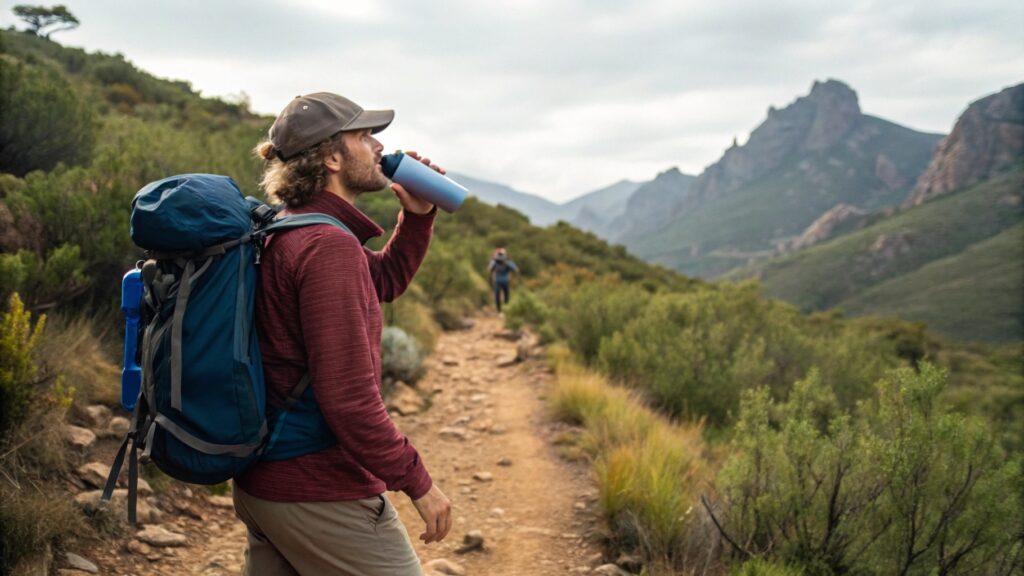
How does weight benefit ultralight hikers?
Weight is a huge benefit for ultralight hikers who use Smartwater bottles3. These bottles are incredibly light, especially compared to durable plastic bottles or insulated options. For hikers counting every ounce, a few ounces saved on a water bottle makes a big difference. This reduced weight means less strain on muscles. It means faster hiking speeds. It means less fatigue over long distances. Smartwater bottles offer a good balance of strength and minimal weight. They are not as fragile as some very thin plastics. I've used them myself on longer trips. The feeling of a lighter pack is truly liberating. It allows hikers to prioritize speed and distance.
| Smartwater Feature | Benefit for Hikers | Hiking Style Supported |
|---|---|---|
| Lightweight | Reduces pack weight, less fatigue | Ultralight, Fastpacking |
| Filter Compatible | Screws directly onto popular water filters (e.g., Sawyer) | Wilderness purity, Off-grid hydration |
| Readily Available | Easy to replace or find in towns on long trails | Thru-hiking, convenience |
| Inexpensive | Low cost, easy to try out | Budget-conscious, new hikers |
| Tall/Slim Shape | Fits easily into side pockets of backpacks | Ergonomics, accessibility |
Why is filter compatibility a game-changer?
Filter compatibility is a game-changer for hikers using Smartwater bottles. The threaded opening of a Smartwater bottle fits directly onto many common backcountry water filters, like those from Sawyer. This means hikers can screw the filter onto the bottle. They can then squeeze water through it directly into their mouth. Or they can squeeze it into another container. This avoids the need for a separate pump or a complex filtration system. It simplifies water purification on the trail. It makes it fast. It makes it efficient. It also means you do not have to carry a heavier, dedicated water filter bottle. I find this convenience crucial for multi-day hikes. It's about being self-sufficient in the wilderness.
Can availability make a difference on long trails?
Yes, availability can make a huge difference on long trails. Smartwater bottles are sold almost everywhere. If a hiker loses a bottle, or if it breaks, it is easy to find a replacement in nearly any town. This is especially important for thru-hikers who spend months on trails. They can just buy a new one at a gas station or grocery store. This contrasts with specialized hiking bottles, which might only be available in outdoor gear shops. The low cost of Smartwater bottles also means replacing them is not a big financial burden. I have seen hikers rely on this easy availability many times. It's a small convenience that can make a big difference on a long journey.
What is the healthiest water bottle to use?
Are you concerned about what your water bottle is made of? Choosing the healthiest option is important for your well-being.
The healthiest water bottle to use is generally one made from food-grade stainless steel or BPA-free plastic (like Tritan), as these materials are non-toxic, do not leach harmful chemicals into water, and are durable for long-term use.
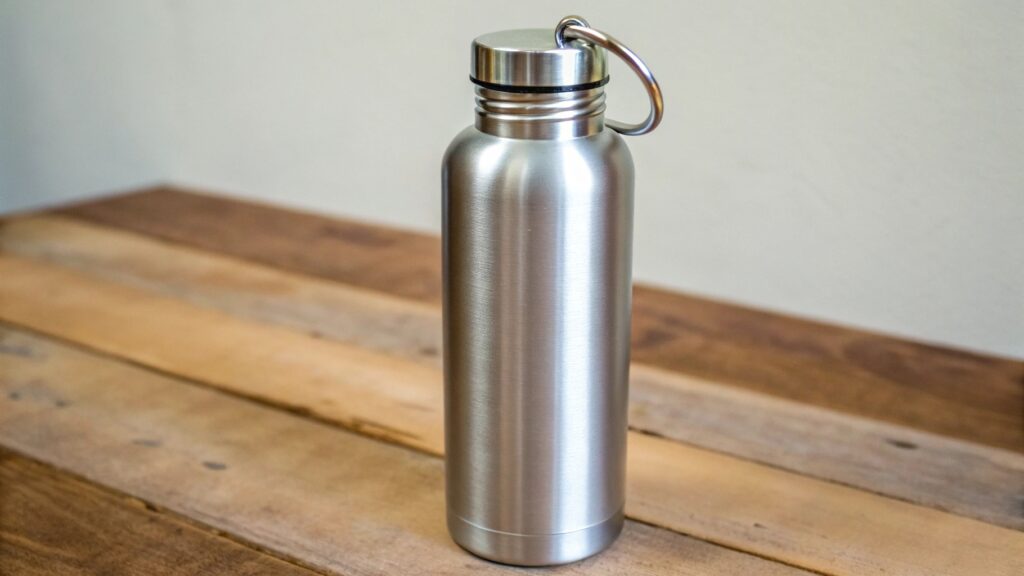
Why is stainless steel a healthy choice?
Stainless steel is a very healthy choice for water bottles. It is a non-toxic material. It does not leach chemicals into your water. This is true even if the water is hot or cold. Stainless steel also does not hold flavors or odors. So, your water will always taste fresh. It is very durable. It can withstand drops and impacts without breaking. This makes it a long-lasting option. It is also recyclable. I use a stainless steel bottle for my daily hydration. It gives me peace of mind about what I am drinking. It is a responsible choice for both health and the environment. This inert quality ensures that your water remains pure and untainted, supporting consistent hydration without any unwanted chemical exposure.
| Material Type | Health Benefits | Considerations | Best Use Case |
|---|---|---|---|
| Food-Grade Stainless Steel | Non-toxic, no leaching, no taste transfer, durable | Can be heavy, no transparency | Everyday, hot/cold drinks |
| BPA-Free Plastic (e.g., Tritan) | Non-toxic, lightweight, transparent, durable | Can retain odors/flavors over time (less than regular plastic) | Hiking, sports, travel |
| Glass | Non-toxic, no taste transfer, easy to clean | Fragile, heavy | Home, office |
| Silicone (Food-Grade) | Non-toxic, flexible, lightweight, durable | Can have slight odor initially | Collapsible, travel |
How does BPA-free plastic ensure health?
BPA-free plastic, like Tritan, ensures health by not containing Bisphenol A. BPA is a chemical. It was once common in plastics. Studies showed it could leach into food and drinks. It might have health risks. BPA-free plastics are made without this chemical. This means your water is safer to drink from these bottles. They are also lightweight. They are durable. They are a good alternative to stainless steel if weight or transparency is a concern. Always look for "BPA-free" labels on plastic bottles. I recommend them for active use where stainless steel might be too heavy. This conscious choice minimizes potential exposure to endocrine-disrupting chemicals, providing a safer and healthier option for daily hydration.
Can material choice reflect sustainability values?
Yes, material choice can strongly reflect sustainability values. Choosing a reusable water bottle, regardless of material, is more sustainable than single-use plastic bottles. But some materials are even better. Stainless steel is highly recyclable. It has a long lifespan. Glass is also highly recyclable and non-toxic. BPA-free plastics are a step up from older plastics. Some new bottles are made from recycled materials. Your choice shows your commitment to the environment. For me, sustainability is part of my hiking philosophy. My dented stainless steel bottle isn't just a bottle. It's a statement about reducing waste. It shows I value durability over disposability. This alignment between your chosen gear and your environmental principles communicates a deeper level of commitment to sustainable living.
Conclusion
Your water bottle is more than a container. It's a tool. It's a statement. Choose one that fits your hike. Choose one that fits your values.
-
Explore this link to discover expert recommendations and reviews on the best water bottles tailored for hiking needs. ↩
-
Find out how filter compatible water bottles can simplify hydration on the trail, making your hiking adventures safer and more convenient. ↩
-
Learn why Smartwater bottles are favored by hikers for their lightweight design and filter compatibility, enhancing your hiking experience. ↩




